Your backyard fence is more than just a boundary—it’s prime real estate for local and migratory birds. With thoughtful modifications and additions, that simple structure can become a vital corridor for birds to rest, feed, and even nest as they travel through your neighborhood. Creating a bird highway along your fence not only supports local biodiversity but also transforms your outdoor space into a vibrant ecosystem you can enjoy year-round. Whether you have a wooden privacy fence, chain link, or decorative metal fencing, there are numerous ways to make your boundary features more bird-friendly and ecologically valuable.
Understanding the Bird Highway Concept
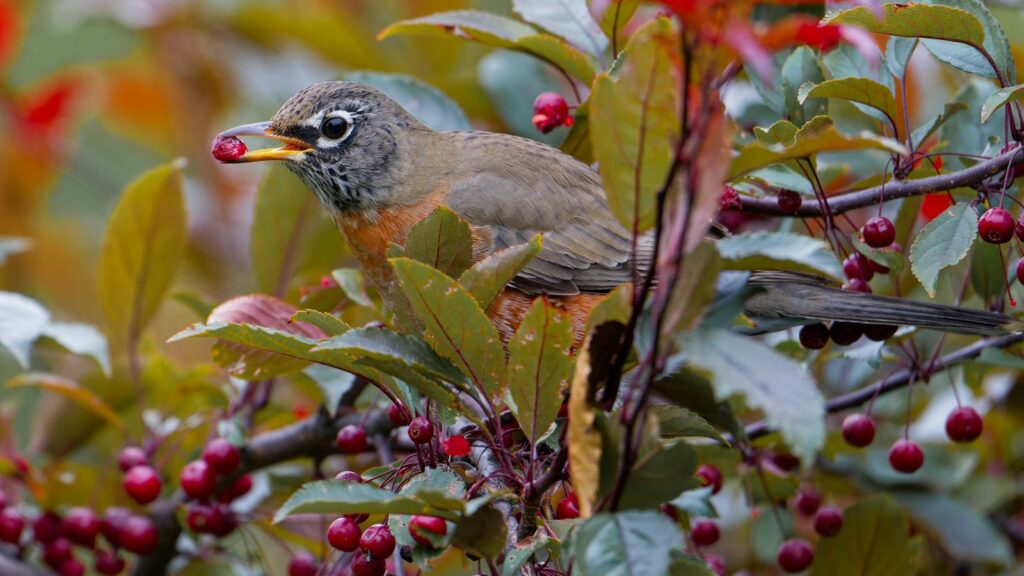
A bird highway is essentially a corridor that provides birds with their essential needs as they move through the landscape. While natural corridors like hedgerows have historically served this purpose, our modern fenced properties can be retrofitted to serve similar functions. Birds require food sources, water access, shelter from predators and weather, and in some cases, nesting opportunities. By strategically enhancing your fence line with these elements, you create a functional pathway that connects isolated habitat patches in your community. This concept is particularly important in suburban and urban areas where natural habitat has been fragmented, making it difficult for birds to safely travel between remaining green spaces.
Selecting Bird-Friendly Vines and Climbers
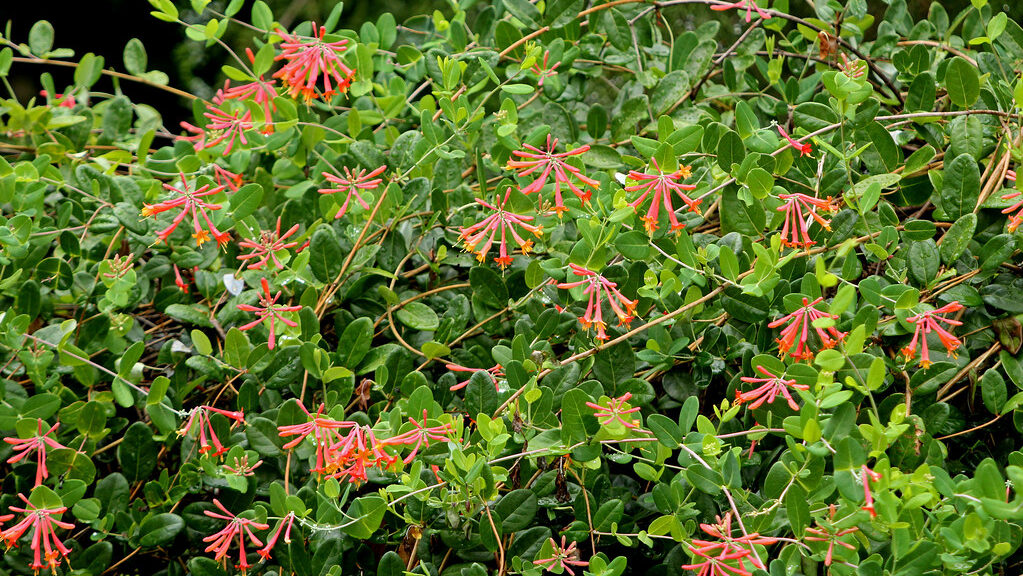
One of the most effective ways to transform your fence into bird habitat is by growing climbing plants that offer food and shelter. Native vines like Virginia creeper, trumpet honeysuckle, or native grapes provide berries that birds rely on for nutrition. Climbing roses offer thorny protection for nesting birds while producing rose hips that certain species enjoy in winter. When selecting climbing plants, prioritize native varieties that co-evolved with local bird species and avoid invasive options like English ivy that can escape into natural areas. For year-round coverage, consider mixing deciduous and evergreen climbers to ensure your fence provides shelter even during winter months when birds need it most.
Installing Bird Feeders Along Your Fence Line
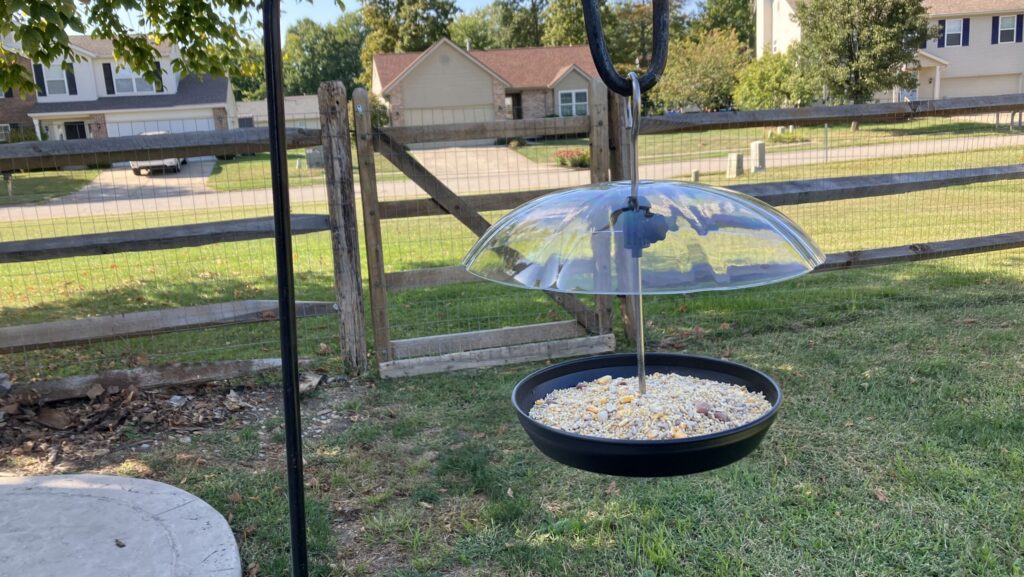
Strategic placement of bird feeders along your fence creates reliable food stations for your feathered visitors. Consider mounting different feeder types to attract a variety of species—tube feeders for finches, platform feeders for cardinals and jays, and suet cages for woodpeckers and nuthatches. Space feeders at least 10-15 feet apart to reduce competition and territorial disputes among birds. For added stability, install brackets directly into fence posts rather than hanging feeders from less sturdy fence panels. Remember to position feeders where you can easily observe the birds but also where they have quick access to cover if predators approach.
Creating Water Features Along Your Fence
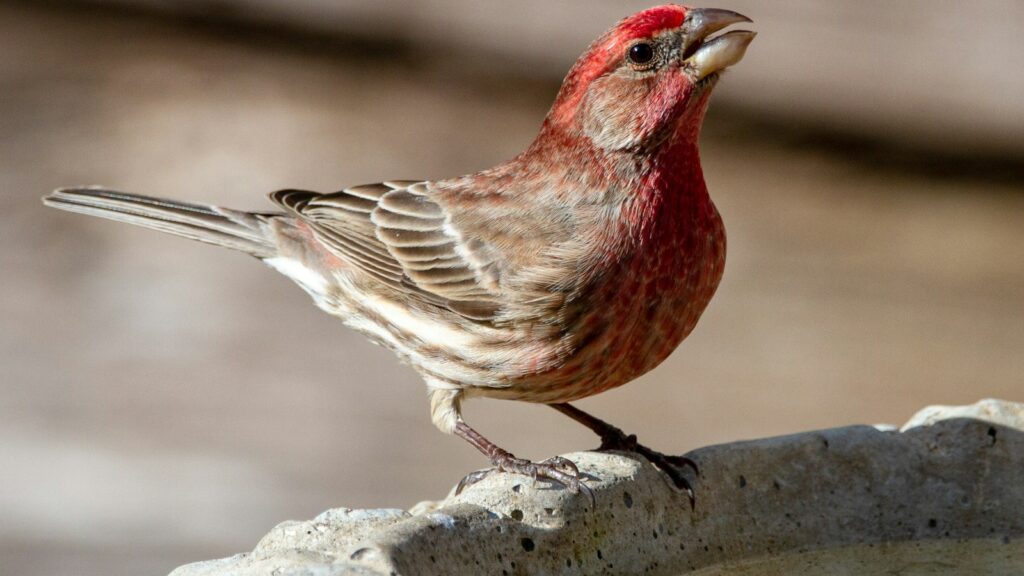
Water is a critical component of any bird-friendly landscape, and incorporating water features along your fence line can dramatically increase avian visitors. Consider mounting shallow bird baths on fence posts, installing drip irrigation systems that create reliable water sources, or even setting up small recirculating fountains near the fence base. The sound of moving water is particularly attractive to birds and can draw species that might not visit feeders. During winter in colder climates, heated bird baths mounted on your fence can become crucial survival stations for overwintering birds when natural water sources freeze. Ensure any water features are cleaned regularly to prevent the spread of diseases among your bird visitors.
Incorporating Nesting Boxes and Platforms
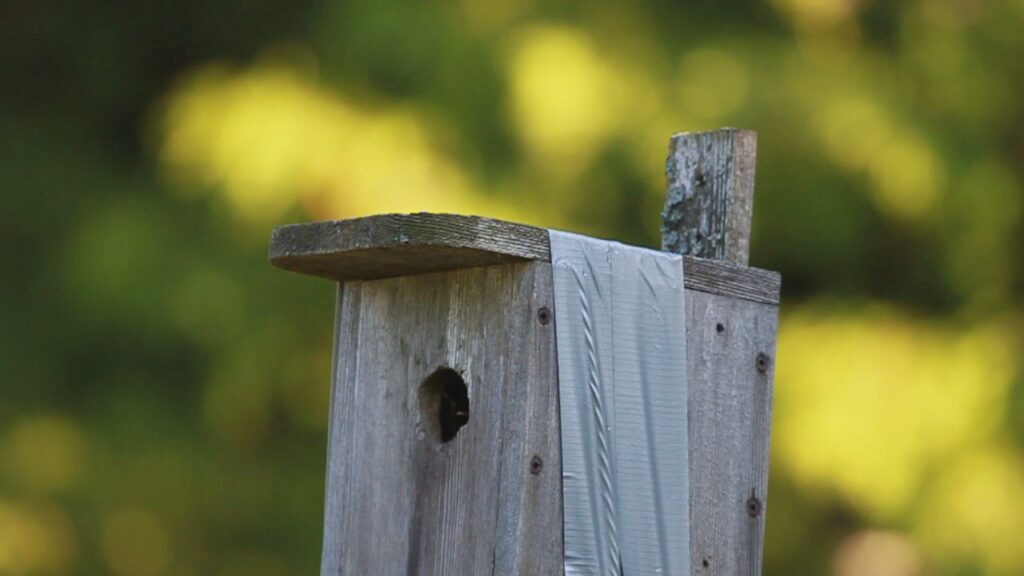
Transform your fence into prime bird real estate by adding nesting opportunities at various heights and orientations. Different bird species have specific nesting preferences—bluebirds prefer boxes mounted 5-6 feet high facing open areas, while wrens enjoy sheltered locations with nearby cover. For fence mounting, secure boxes to sturdy posts rather than panels, and use proper hardware to ensure they remain stable even in strong winds. Consider creating a series of different nesting options along your fence line to attract a diversity of species, from small songbird houses to larger platforms that might attract mourning doves or robins. Position nest boxes so the entrance holes face away from prevailing winds and direct afternoon sun to protect nestlings from weather extremes.
Designing Perching Opportunities
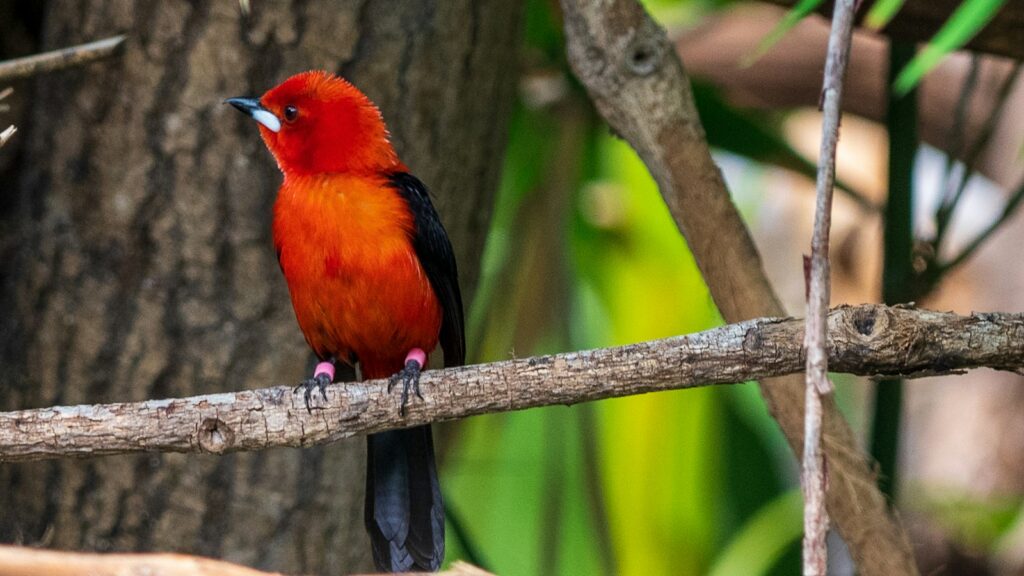
Birds need places to perch as they survey their surroundings, rest between flights, or wait their turn at feeders. Adding horizontal branches, decorative fence toppers, or even specialized bird perches along your fence creates these necessary resting spots. Natural branches secured to your fence not only provide functional perches but also add visual interest to your fence line. Consider varying the thickness and height of perching options—songbirds prefer smaller diameter perches while larger birds like jays and mourning doves need sturdier supports. Position some perches near protective cover where birds can quickly retreat if threatened, and others in more open areas that give birds good visibility of their surroundings.
Planting Bird-Friendly Shrubs Along the Fence Base
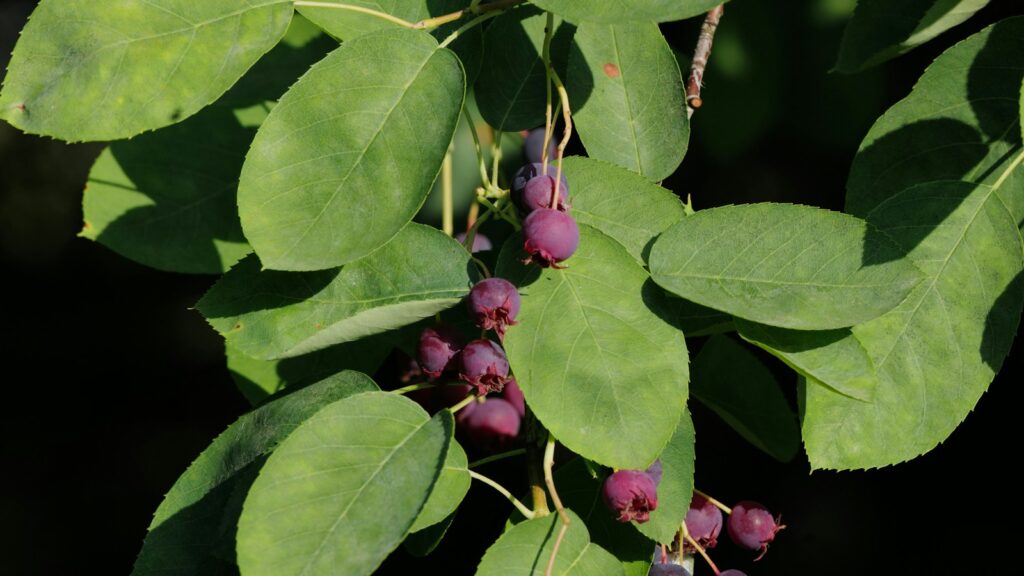
The area at the base of your fence offers prime real estate for bird-friendly landscaping that complements your climbing plants. Dense, berry-producing shrubs like elderberry, serviceberry, or native viburnums create protective cover while providing natural food sources throughout different seasons. For smaller spaces, compact native shrubs like lowbush blueberry or dwarf dogwoods offer similar benefits without overwhelming the area. These plantings create a layered habitat effect, with ground-feeding birds utilizing the space beneath shrubs, while others harvest berries or nest within the protective branches. The combination of fence-climbing plants and ground-level shrubs recreates the edge habitat that naturally supports abundant bird life in the wild.
Adding Insect-Attracting Features
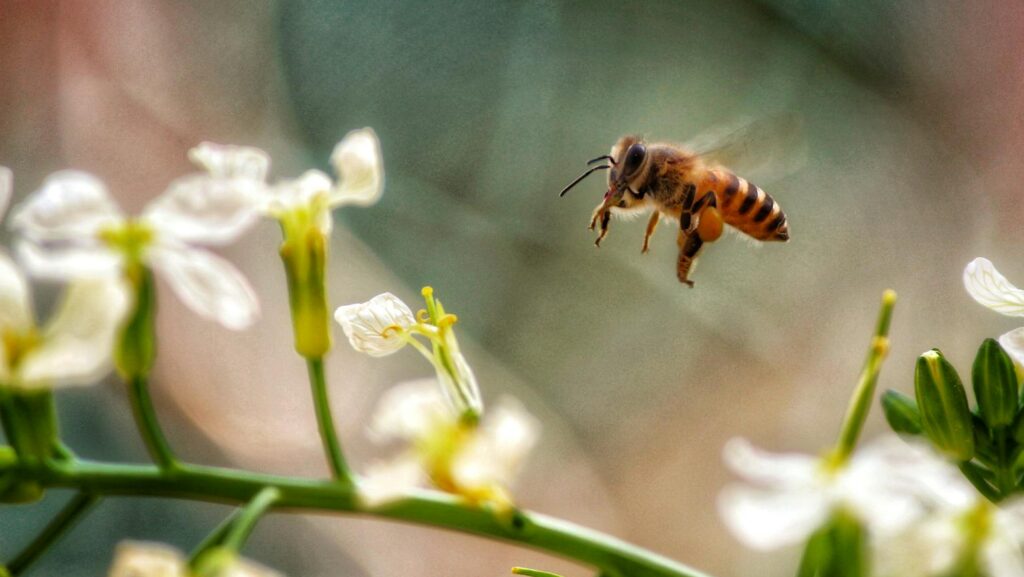
Insects form a critical part of most birds’ diets, particularly during breeding season when protein-rich food is essential for growing nestlings. Enhance your fence’s appeal by incorporating elements that attract beneficial insects. Consider adding insect hotels—structures with various-sized holes and crevices that provide habitat for native bees, ladybugs, and other beneficial insects. Leave some areas at your fence base unmulched where ground-dwelling insects can thrive, providing foraging opportunities for birds like thrushes and towhees. Incorporate flowering plants that attract pollinators, as these insects become food for flycatchers, warblers, and other insectivorous birds. By fostering a healthy insect population along your fence line, you’re providing a natural bird buffet that requires no refilling.
Creating Seasonal Interest for Year-Round Bird Visits
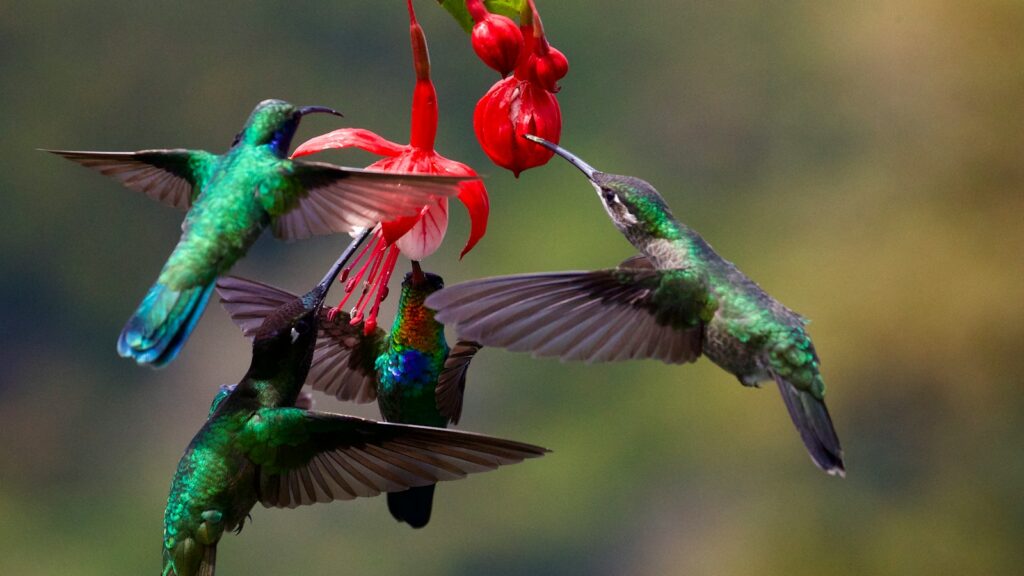
Different bird species migrate through your area throughout the year, so designing your fence highway with all seasons in mind ensures continuous wildlife value. Spring-flowering vines attract hummingbirds and provide nesting material, while summer-fruiting plants feed breeding birds and their young. Fall berries and seeds support migrating birds fueling up for long journeys, and winter-persistent fruits become crucial for resident birds during lean months. Evergreen components of your fence plantings offer critical winter shelter when deciduous plants have lost their leaves. By planning for seasonal progression, your fence becomes a reliable resource for birds regardless of when they pass through your landscape.
Avoiding Bird Hazards in Your Fence Design
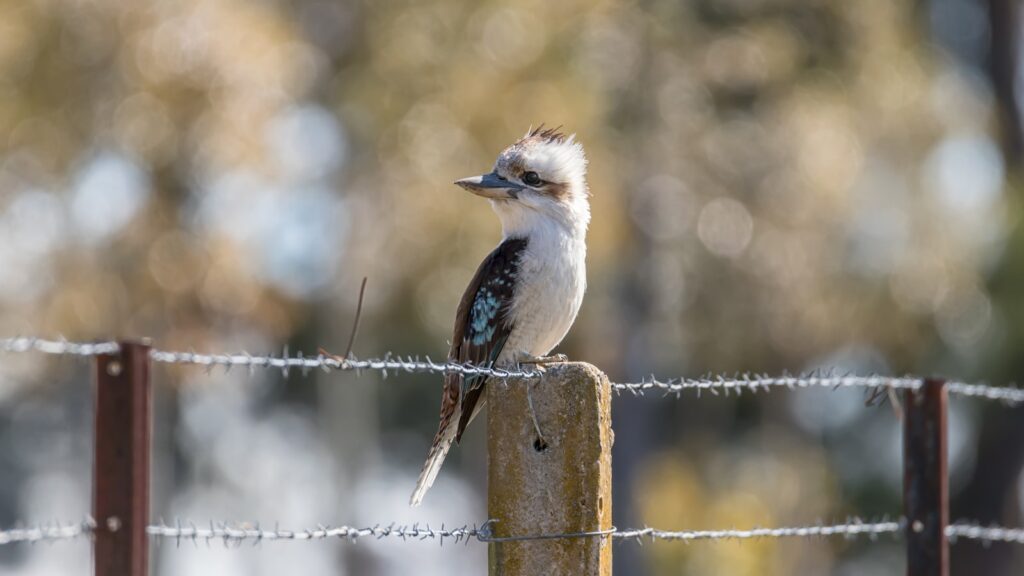
While enhancing your fence for birds, it’s equally important to eliminate potential dangers. Remove or modify any sharp edges or protruding wires that could injure birds, and avoid using netting that birds might become entangled in. If your fence includes glass panels or reflects nearby windows, apply bird-friendly decals or patterns to prevent collision injuries. Keep cats away from your bird highway by installing cat deterrents along the fence or creating a separate outdoor cat enclosure away from bird activity areas. If you use pesticides in your yard, create a buffer zone near your bird highway to prevent contamination of food sources and water features that birds will use.
Maintaining Your Bird Highway

A successful bird highway requires regular maintenance to remain safe and attractive to wildlife. Establish a seasonal schedule for cleaning nest boxes after breeding season concludes, pruning climbing plants to prevent overgrowth, and refreshing water features. Monitor your fence line for invasive plants that might take hold and outcompete your bird-friendly species. During nesting season, minimize disturbances near active nests by temporarily redirecting maintenance activities to other areas. Keep feeders clean and stocked during appropriate seasons, and periodically evaluate which features are attracting the most bird activity so you can adapt your approach. With thoughtful maintenance, your fence can provide years of valuable habitat for local and migrating birds.
Engaging Neighbors in Creating Connected Corridors
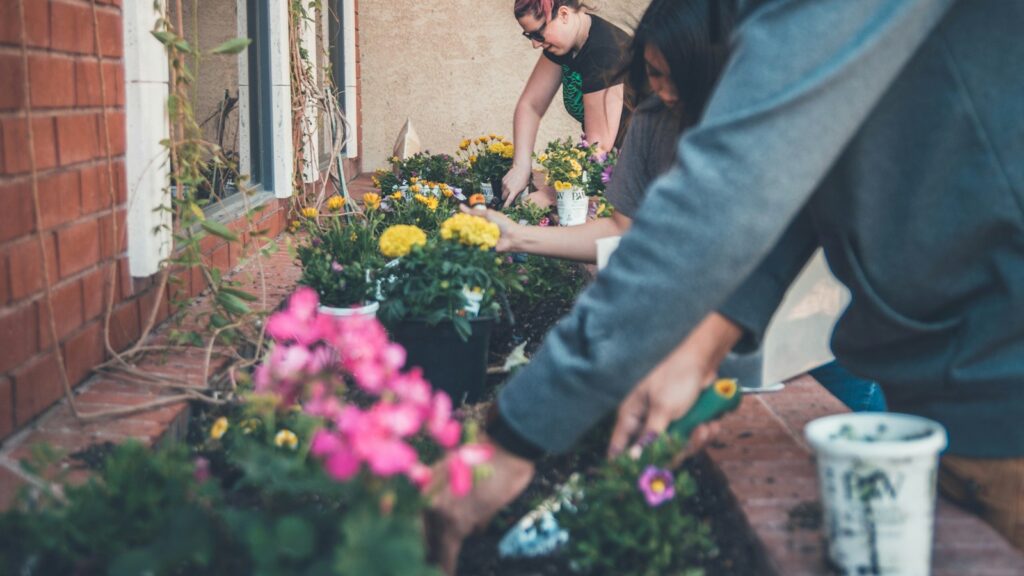
The ecological value of your bird highway increases dramatically when it connects to other wildlife-friendly spaces in your neighborhood. Share your successes with adjacent neighbors and encourage them to enhance their own fence lines with bird-friendly features. Consider organizing a neighborhood project to create a continuous corridor of habitat along connecting property lines. Community-wide efforts might qualify for grants or certifications from wildlife organizations that can provide resources and recognition. Document the bird species using your fence highway and share these observations with neighbors to demonstrate the tangible benefits of your efforts. By working together, your individual bird highway can become part of a neighborhood-wide network that significantly improves habitat connectivity for local wildlife.
Conclusion
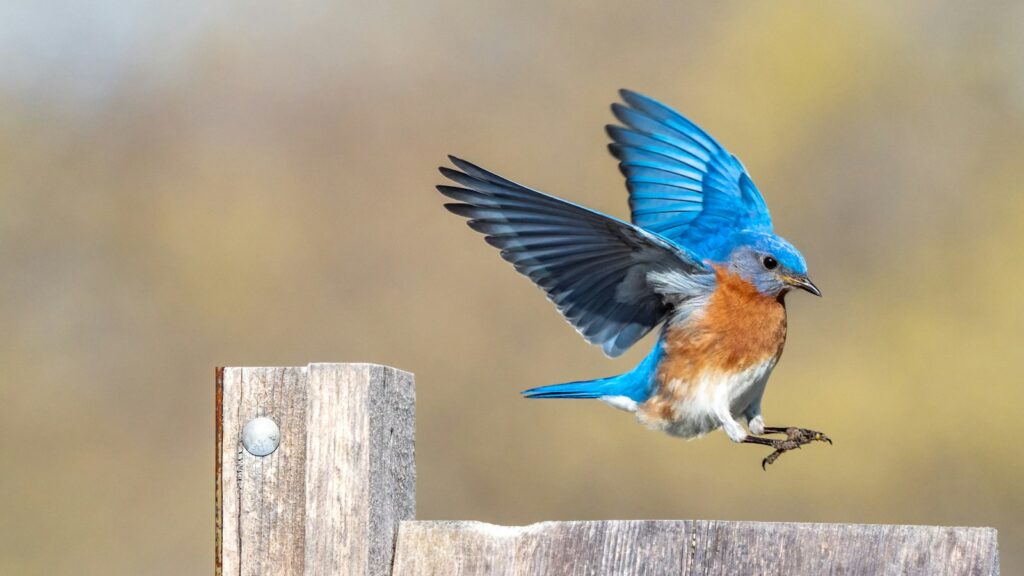
Transforming your fence into a bird highway represents a meaningful way to support biodiversity right in your backyard. By incorporating food sources, water, shelter, and nesting opportunities along this linear feature, you create valuable habitat connections that help birds navigate through developed landscapes. The rewards extend beyond conservation—your enhanced fence line will bring daily opportunities to observe and enjoy the fascinating behaviors of your feathered neighbors. With relatively simple modifications and thoughtful plant selections, that utilitarian boundary can become an ecological asset that benefits wildlife and enriches your outdoor experience for years to come.
